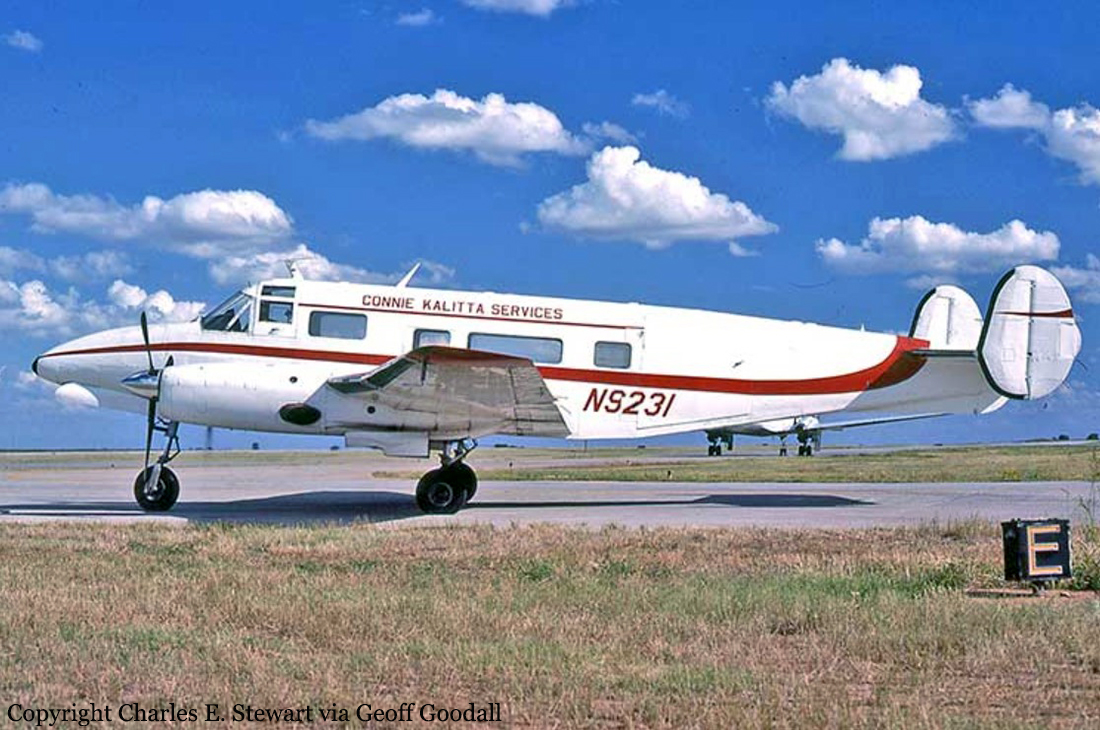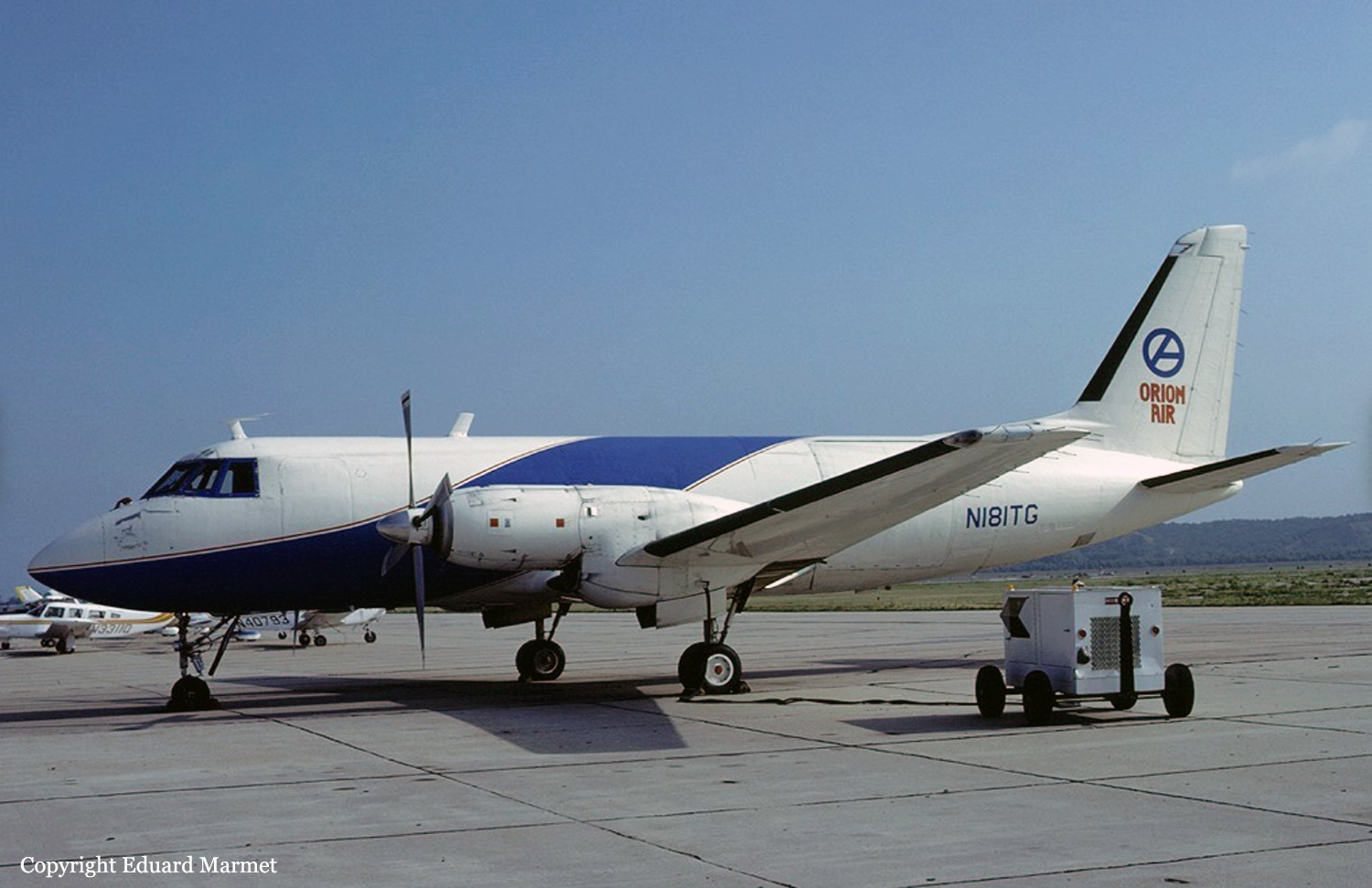Crash of an Embraer EMB-110P1 Bandeirante in Columbia: 1 killed
Date & Time:
May 6, 1989 at 0144 LT
Registration:
N95PB
Survivors:
Yes
Schedule:
Memphis - Columbia
MSN:
110-330
YOM:
1981
Crew on board:
2
Crew fatalities:
Pax on board:
0
Pax fatalities:
Other fatalities:
Total fatalities:
1
Captain / Total hours on type:
250.00
Aircraft flight hours:
11387
Circumstances:
After conducting ground training all day, the instructor/director of operations and his trainee flew an EMB-110P1 to Memphis to exchange airplanes. Ground fog had started to form prior to departure. After exchanging airplanes, they made the return flight to Columbia. They obtained radar vectors to the final approach course for the SDF at Columbia. The thick fog resulted in a missed approach. During the missed approach, the runway was visible from above and the crew indicated that they would try for a VFR approach and landing. The airplane collided with trees 2,350 feet from the runway in a wings level attitude. The tops of the trees were broken 41 feet above the runway threshold altitude. The trainee had been without rest for at least 30 hours prior to the accident. One pilot was killed while the second was seriously injured.
Probable cause:
Pilot attempted to make a VFR landing in instrument conditions that were below minimums for the published instrument approach and collided with trees and the ground after allowing the airplane to descend below the proper altitude.
Final Report:




